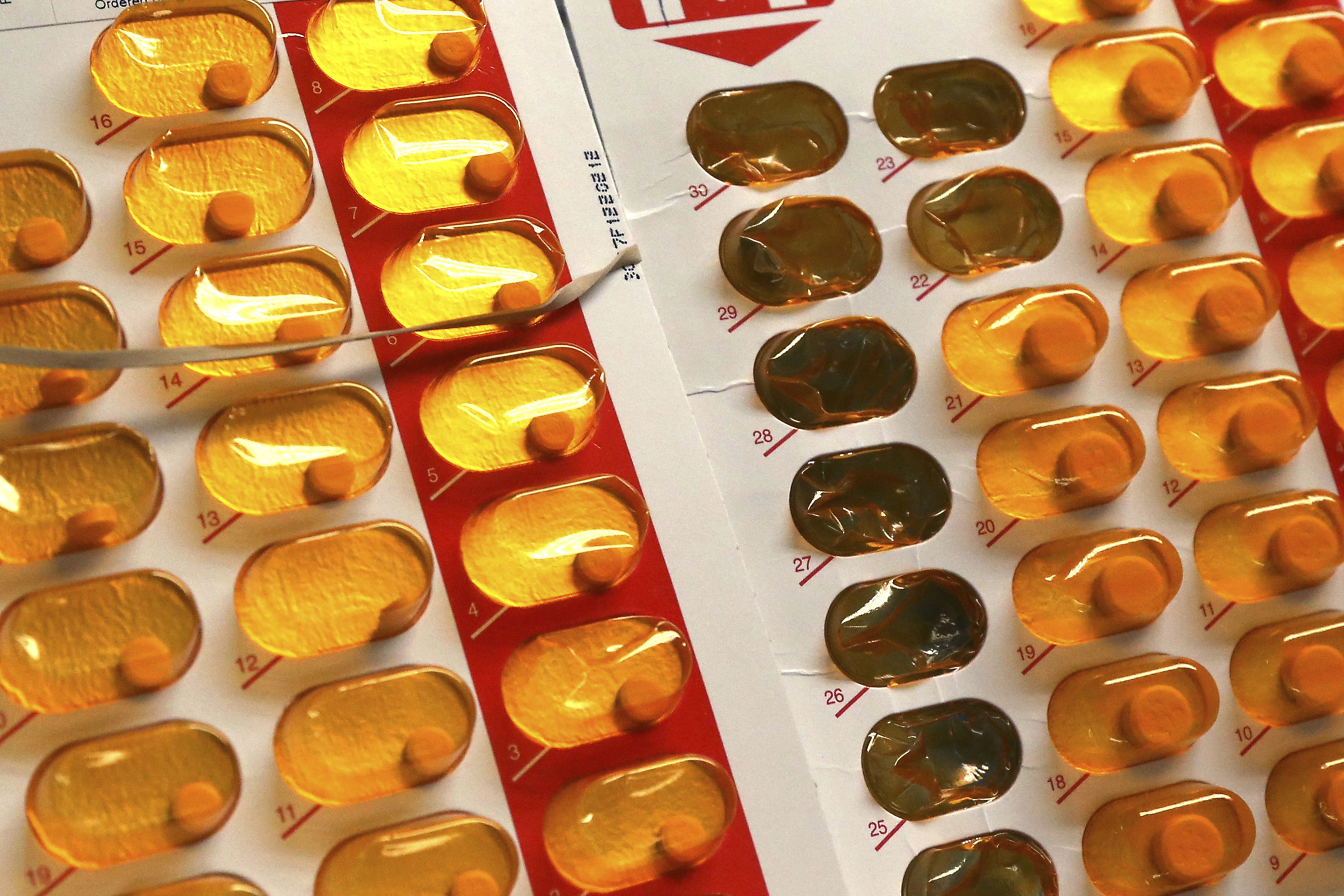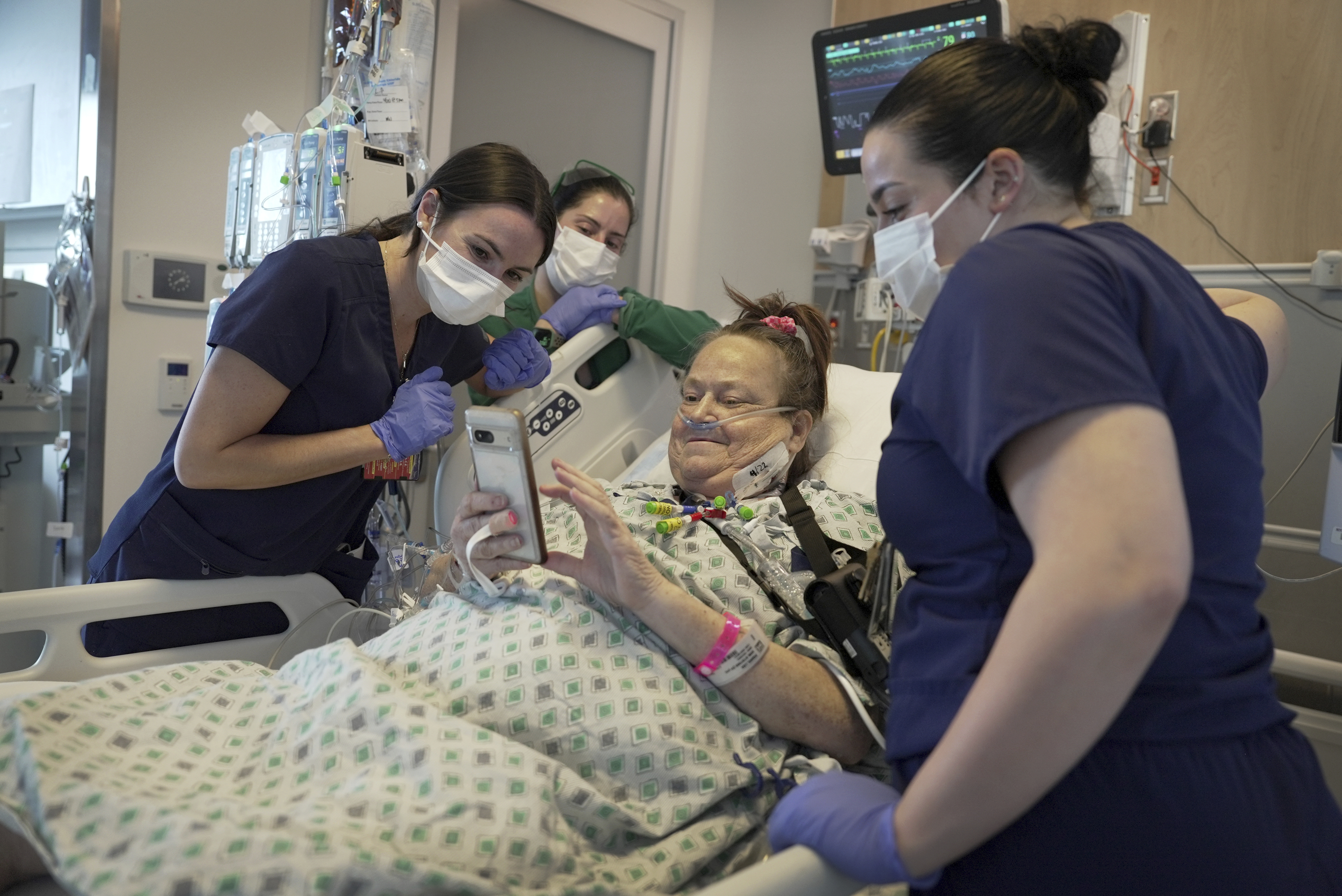Presidents Bill Clinton and George W. Bush may have their political differences, but both have been avid runners. Shortly before his second term, the current president gave up his favorite exercise because his knees "had finally had it," as he told reporters. Now President Bush can be found zipping around Washington and his Texas ranch on a mountain bike.
Knee pain does not have to be the end of physical activity, explains Lynn Millar, PhD, assistant director and associate professor of physical therapy at Andrews University. She explains how to remain active by switching to excises that have less of an impact on your knees. The key, Millar says, is supplemental conditioning, where you work to strengthen your lower body to withstand the wear and tear of whatever exercise you ultimately choose.
What activities tend to be hardest on the knees?
The ones that involve excessive flexing, especially with weights, such as a full squat or leg press. Or any type of exercise that involves sudden stops, starts and pivots, or potentially awkward jumps and landings - such as basketball, tennis, soccer, racquetball and football. Jumping exercises called plyometrics, which focus on increasing muscle power, can also be tough on the knee joint. A good example of this type of exercise would be a basketball player repeatedly jumping up to touch the face of the backboard. Jumping places a force of two to three times your body weight across your knees, which naturally increases the potential for injury, and people with knee problems would do best to avoid jumps that require a very deep knee bend or could torque the knee on landing. A better type of exercise may be "low plyometrics," like jumping rope or even jumping on a trampoline, depending on how stable your knee is.
Is jogging hard on the knees?
Recreational jogging in moderation actually is not hard on problem free knees. (When we say jogging, we are referring to a slower-paced, short-distance run.) A lot of people say, "Oh, it's going to cause arthritis," but mild to moderate running or jogging hasn't been shown to increase the incidence of osteoarthritis. On the other hand, a history of knee injury is one of the biggest factors in long-term arthritis risk.. So if you've injured your knee and are jogging, then you might run into trouble down the road.
I would say that running cross-country or on uneven surfaces can be particularly hard on the knee especially if you have some inherent misalignment in the joint. If this is the case and you can't live without your morning workout, try running on a treadmill. Treadmills soften the impact of your step while providing a flat and even surface.
What exercises tend to be easier on the knees?
Swimming, except for the butterfly stroke, is fairly easy on the knees. Walking and bicycling are good exercises for bad knees because they aren't high-impact. If you belong to a gym, the elliptical machine is another good option; the machine has pedals instead of a flat, treadmill-like surface and allows you to simulate running and walking without the impact on the joints. Any activity where there's a reduced impact or no quick direction changes is a good choice for bad knees.
What causes knee pain?
Severe knee pain is generally not from overuse, but from a sudden injury - often sustained during quick weight shifts and direction changes, or upon landing from a jump. A frequent victim in these cases is the anterior cruciate ligament (ACL), one of the fibrous bands that connects the thighbone to the shinbone. ACL tears are serious and may require surgical repair.
Health
But injuries can also develop over time, from repetitive stress that damages cartilage and other soft tissue in the knee joint. One common overuse injury is patellofemoral stress syndrome (often called runner's knee), in which the cartilage of the patella (kneecap) becomes irritated, resulting in pain and inflammation. Iliotibial band syndrome (ITBS) is another source of pain for athletes. The IT band is a stretch of fibrous tissue that runs down the outer thigh and knee; running and other activities cause the band to repeatedly rub against the outside of the knee joint, which may lead to inflammation and pain at the outside of the knee. ITBS is usually seen in long-distance runners and cyclists, but can occur in soccer players, skiers and weight lifters. Reducing activities can help ease the pain of any overuse injury, while some may require physical therapy or other medical treatment.
If people with bad knees switch to safer activities, should they still try to slow down?
It depends on the injury. Unfortunately, this is one of those gray areas where you have to say, "What was the injury to knee, and how bad is it afterward?" That will give you an idea of what sort of activities you can still do. A doctor, certified trainer or physical therapist can help you build an appropriate exercise regimen.
Your immediate post-injury rehab - and long-term dedication to supplemental conditioning exercises - also make a big difference. A lot of injuries seem to be due to weakness in certain muscles, such as those of the hips and lower back, and the hamstring and quadricep muscles of the thigh.
Would alternating between higher- and lower-impact activities help?
It may. What I've done is gone walking every other day rather than running every single day. Walking or other low-impact sports use muscles differently and lessen the strain on the joints, which allows your body to recover from higher-impact activity. Experts generally agree that it's important to do a variety of moderate activities.
What exercises can be done to prevent knee problems?
A lot of the recent research is showing that weakness in the hips, such as the hip abductors (the muscles that pull your leg away from midline) and your rotators (the ones that turn your thigh in and out) is predictive of your chance of injury, even down at the knee.
When those muscles can't contract properly, this allows the leg to drift in toward the midline of your body and put you into an awkward position. A study last year on cross-country runners found that those with weak muscles around the hip had a greater chance of injury. So it's not just a matter of strengthening around the knee, but also the core muscles, like your back, abdomen and hip muscles, in addition to your quadriceps and hamstrings.
A simple way for people in reasonable condition to strengthen those quads is what I call a wall sit. Take about two steps away from the wall and then lean back so that your whole back is supported by the wall. Then slide down until you're almost to the point of sitting in a chair, but not quite. Then slide back up. It is important to make sure the knee never goes past the foot.
Light leg presses, hamstring curls and leg extensions are also beneficial exercises for improving bad knees.
What advice do you have for people who have bad knees who want to keep active?
If they're not doing a supplemental conditioning program, they need to realize that just doing an activity by itself will not necessarily strengthen all the muscles that you need to support the different joints. A supplemental training program is very, very important, and it doesn't have to be complicated. Conditioning should focus on strengthening the core muscles (the hips, lower back and abdomen) and any of the muscles around the joints that you rely on heavily for your usual activities. Supplemental conditioning is probably one of the biggest keys to being able to maintain an activity or to get back to it.
Whatever your injury or activity level, it is very important to listen to your body. If you experience any knee pain while exercising, don't barrel through it. If you do, it could be your last workout for a long time.



